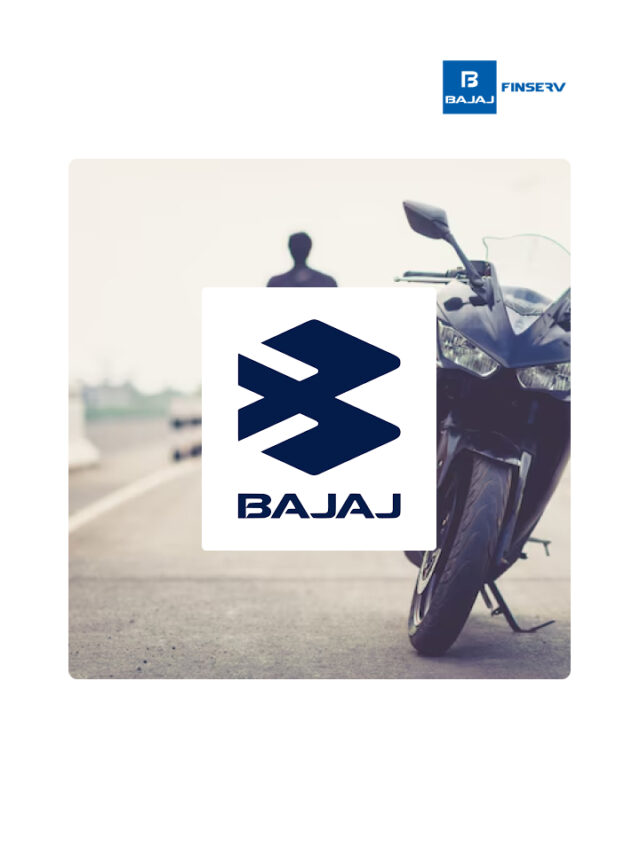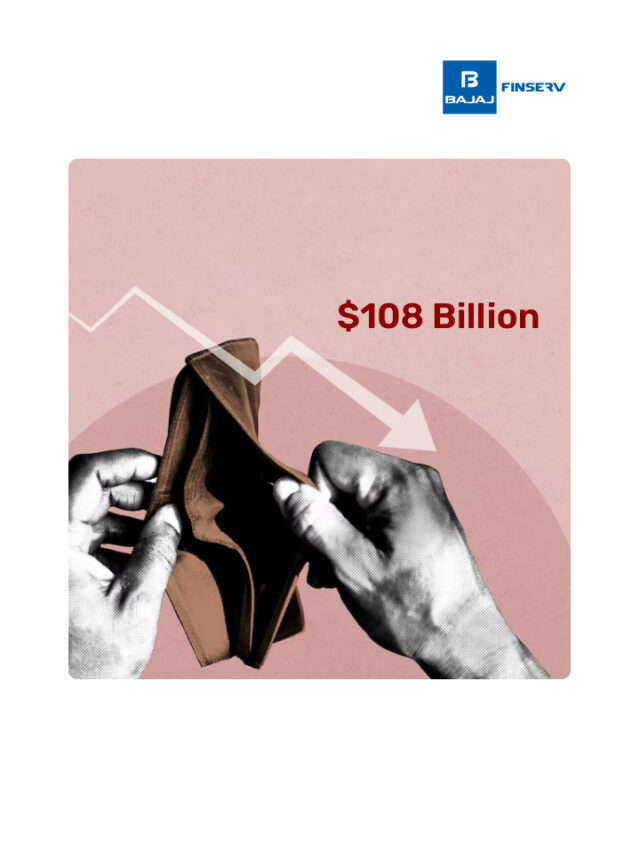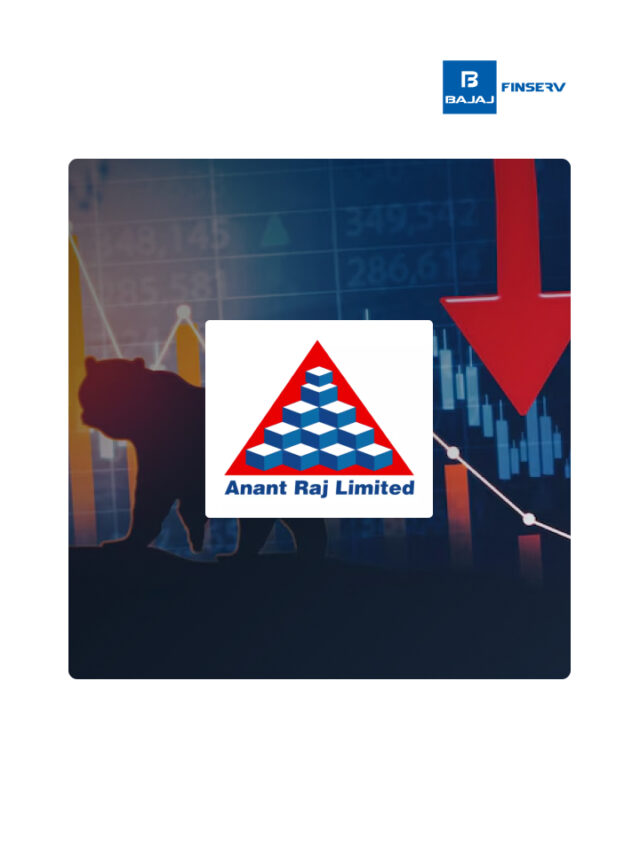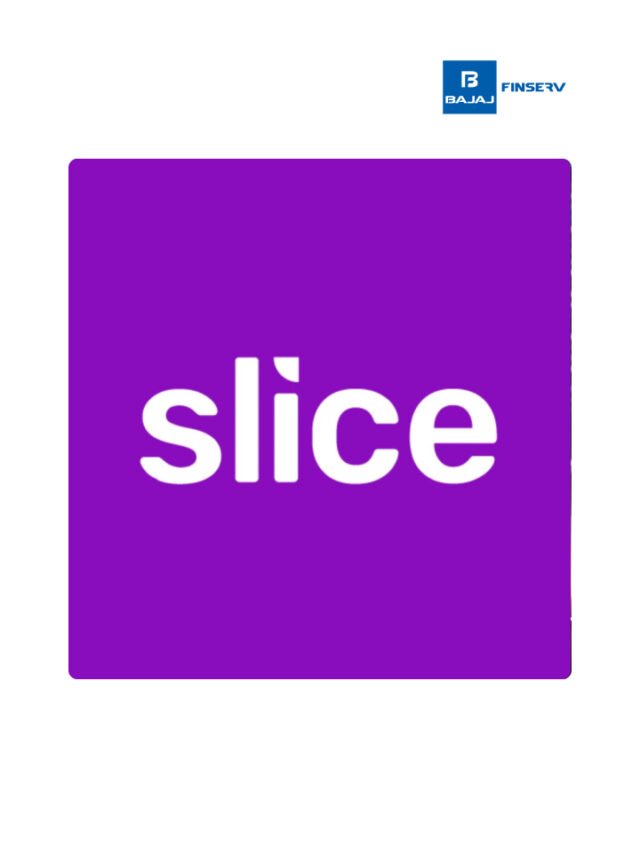What Is a Candlestick Pattern?
Last Updated on December 14, 2023 by BFSLTeam BFSLTeam

In the vibrant world of the share market, where every second counts, the ability to read and understand the language of charts is invaluable. This is where the art of candlesticks pattern, with a history stretching back to a Japanese rice trader in the 1700s, has come to play a vital role in stock market analysis across the globe, including the rapidly expanding Indian markets. Candlestick pattern are like a storybook of a stock’s price, showing where it’s been and where it might go next by tracking the highest, lowest, opening, and closing prices over certain periods. In India with around 3% of the population investing in stocks, being able to read these patterns isn’t just handy, it’s a crucial part of many people’s investment strategies.
Let’s step into the world of candlestick pattern to understand how they reveal the hidden forces driving market trends and investor choices.
Table of Content [hide]
Candlestick Pattern Explained
Candlesticks pattern is a method of reading a price chart that shows the opening, closing, high, and low prices of a security for a specific period. Think of it as a snapshot of the tug-of-war between buyers and sellers. Each candlestick consists of a body and wicks—resembling a candle—hence the name. The body shows the difference between the opening and closing prices, while the wicks or shadows display the highs and lows.
The colour of the candlestick body is significant; traditionally, if the closing price is higher than the opening, the body is white or empty, signalling buyers are in control. Conversely, if the closing price is lower, the body is filled or coloured, often in black or red, indicating sellers have the upper hand. The length of the body and wicks can vary, and each shape and size tell a different story about the market’s sentiment.
Additional Read: What is Pure Play?
How to Read a Candlestick Pattern?
To read a candlesticks pattern, you need to look at both the individual candlesticks and their arrangement. A single candlestick can provide valuable insights, but when you see them in a series, they create patterns that can predict future price movements. For instance, a short body represents a small price movement and a potential turning point, while a long body signifies a strong buy or sell movement.
The wicks also have a story to tell; long wicks can indicate rejection of prices beyond the body, suggesting a possible reversal. Learning to read these patterns involves recognising the balance between the bullish (buying) sentiment and the bearish (selling) sentiment. Mastery of this can enable you to anticipate moves in the candlestick chart stock market, giving you a strategic edge.
Additional Read: What is Pyramid trading?
Types of Candlesticks Pattern
Doji
The Doji is a unique pattern where the opening and closing prices are virtually equal, leaving a cross or plus sign. This pattern indicates indecision in the market, with neither buyers nor sellers gaining ground. It’s a signal to traders that a reversal or a significant breakout might be on the horizon.
Hammer and Hanging Man
Both of these types of candlesticks have small bodies, but long lower wicks. The Hammer, appearing after a downtrend, suggests a strong potential for reversal, indicating the market is hammering out a bottom. The Hanging Man, however, appears after an uptrend and warns of a potential downturn, as if the market is “hanging” at the top.
Additional Read: Hammer Candlestick Pattern
Bullish and Bearish Engulfing
A Bullish Engulfing pattern emerges when a small bearish candlestick is followed by a larger bullish one, swallowing it whole. It signifies a shift in momentum from sellers to buyers. On the flip side, a Bearish Engulfing pattern appears when a small bullish candle is followed by a larger bearish one, predicting a possible decline as bears overtake the bulls.
Morning Star and Evening Star
The Morning Star is a trio of candles: a large bearish candle, a short-bodied middle candle, and a large bullish candle. This pattern suggests a bullish reversal. Conversely, the Evening Star, which mirrors the Morning Star, indicates a bearish reversal, with a large bullish candle, followed by a short candle, and then a large bearish candle.
Shooting Star and Inverted Hammer
A Shooting Star is a bearish reversal pattern with a small body at the lower end of the trading range and a long upper wick. It implies that buyers tried to push the price up, but sellers resisted and pushed it back down. The Inverted Hammer, while similar in appearance, occurs at the end of a downtrend and suggests a potential bullish reversal.
Piercing Line and Dark Cloud Cover
In a Piercing Line pattern, a bullish candle closes above the midpoint of the preceding bearish candle, indicating a strong buying comeback and potential bullish reversal. The Dark Cloud Cover, the opposite, occurs when a bearish candle closes within the lower half of a prior bullish candle, signalling a bearish reversal.
Additional Read: What is EMA in stocks?
Conclusion
The candlestick pattern is a fascinating and complex aspect of the share market. With their historical roots deeply planted in Japan, they have travelled across continents to become an integral part of stock market analysis in India and around the world. The beauty of candlestick patterns lie in the ability to distil complex market movements into visual signals that you can interpret to inform your trading decisions. Just like mastering any new language takes time and dedication, becoming proficient at interpreting candlestick pattern also requires consistent practice and a patient approach.
Disclaimer: Investments in the securities market are subject to market risk, read all related documents carefully before investing.
This content is for educational purposes only.










